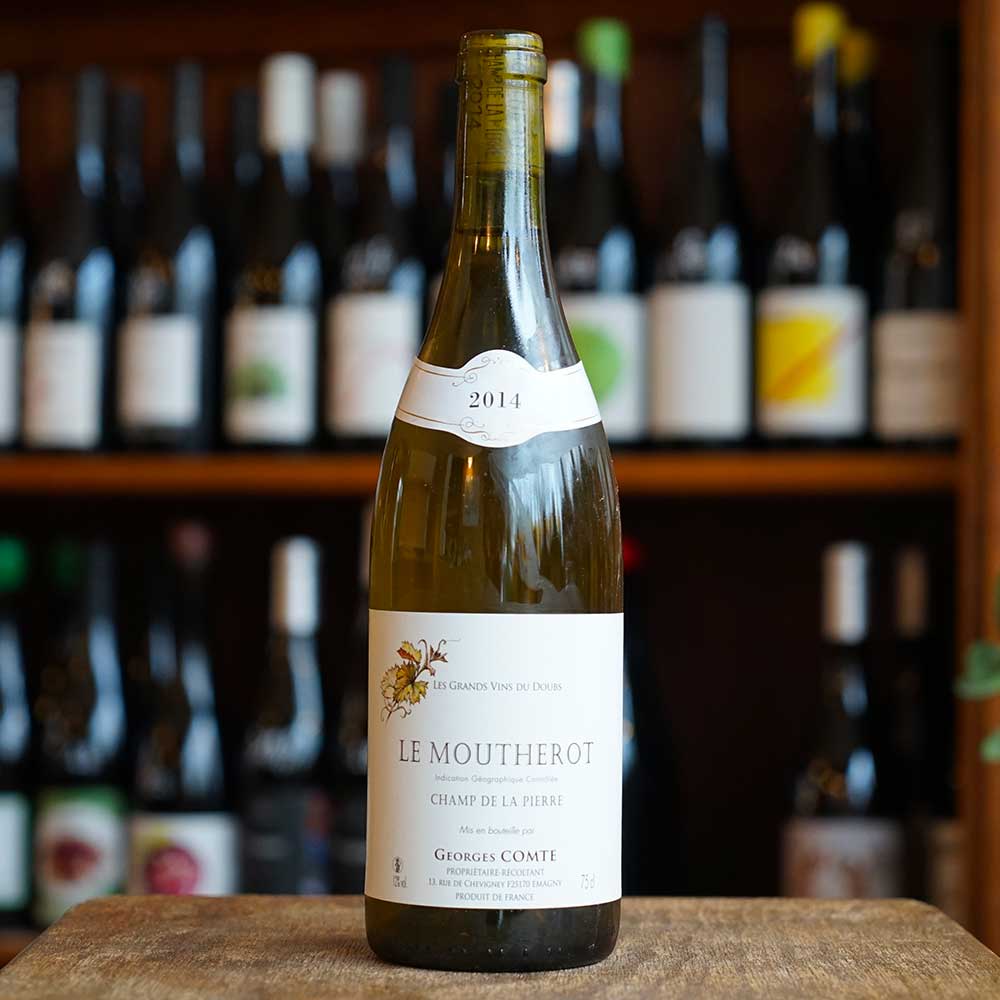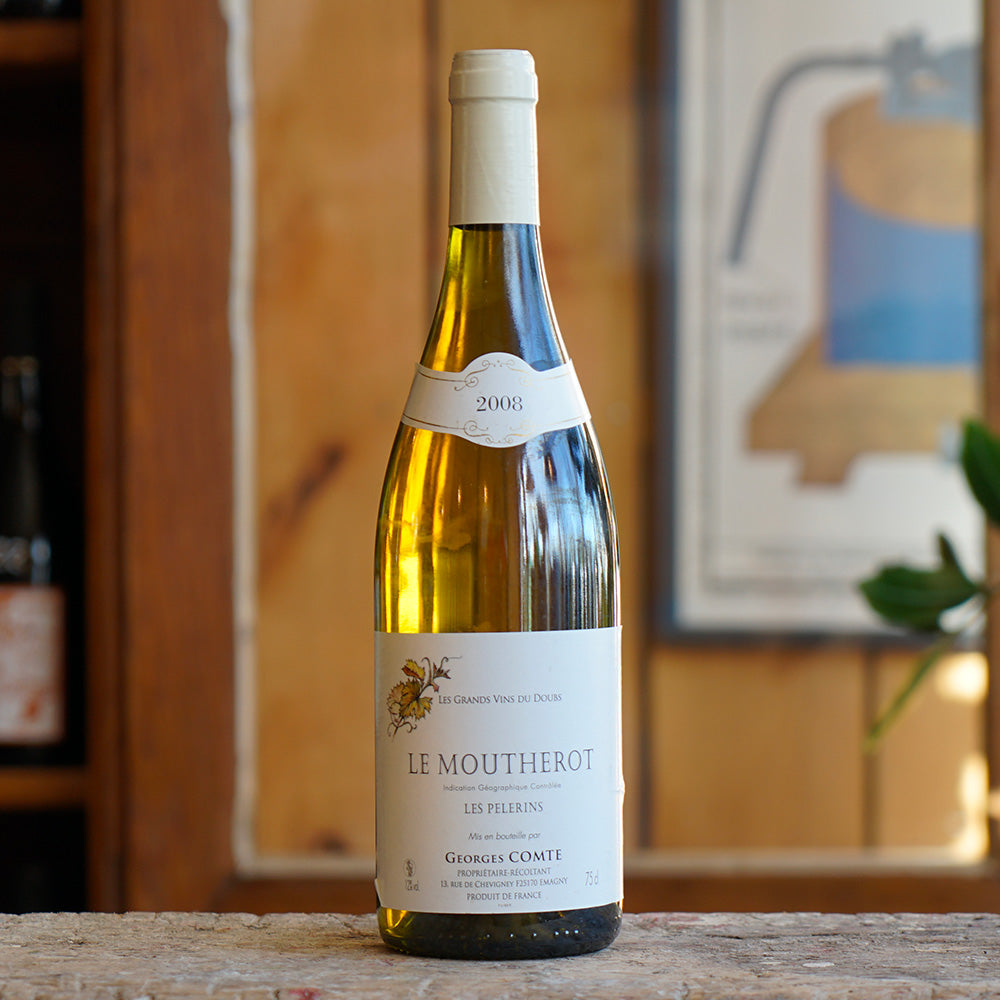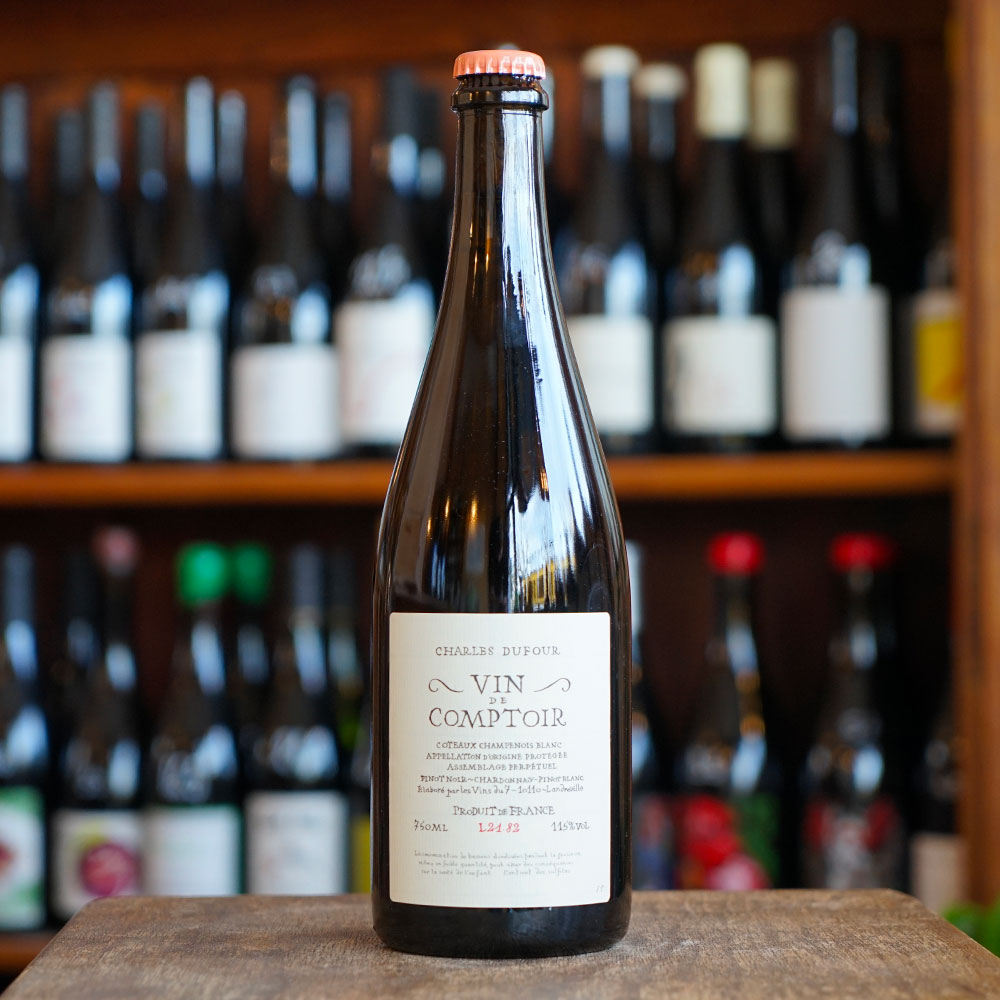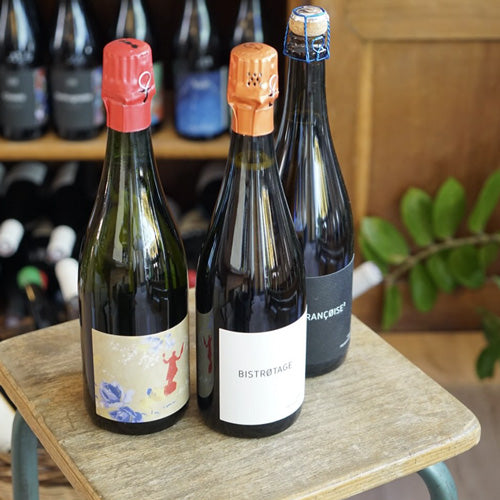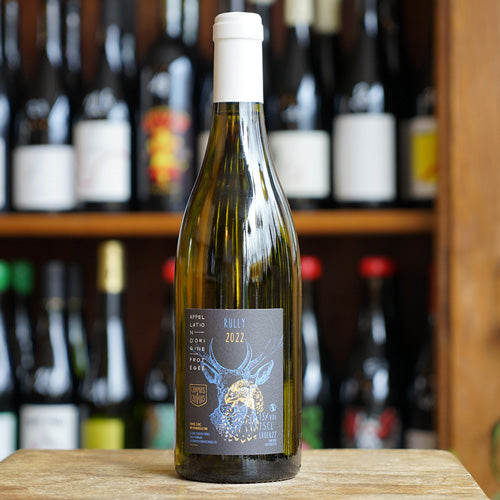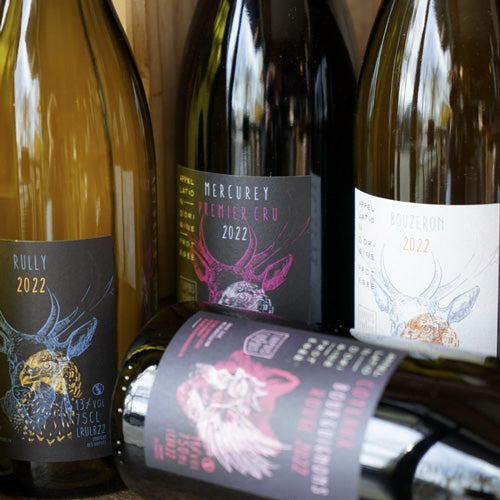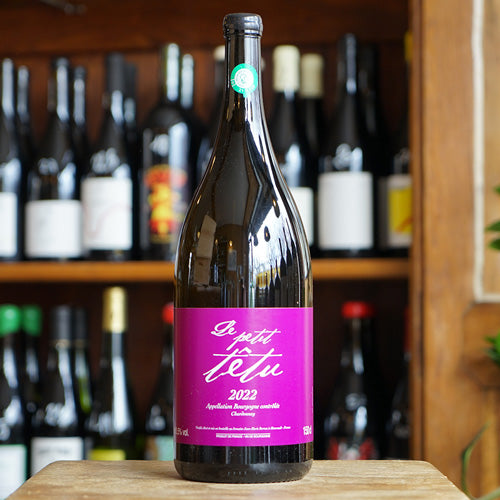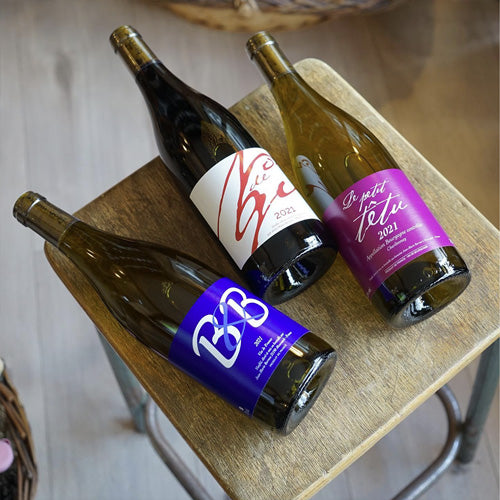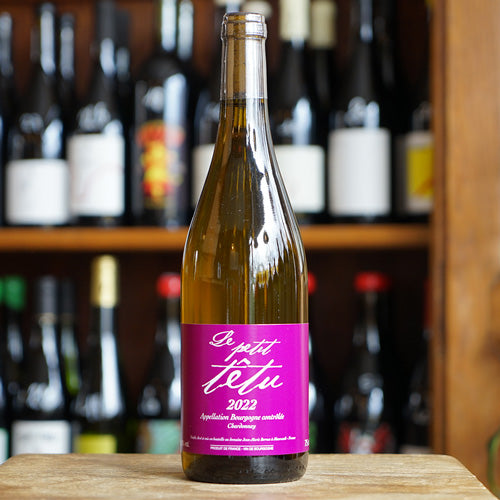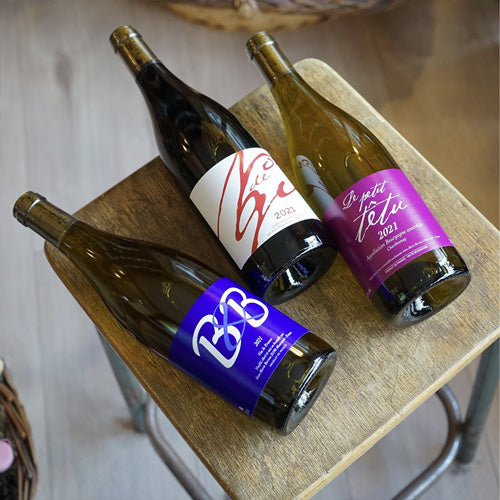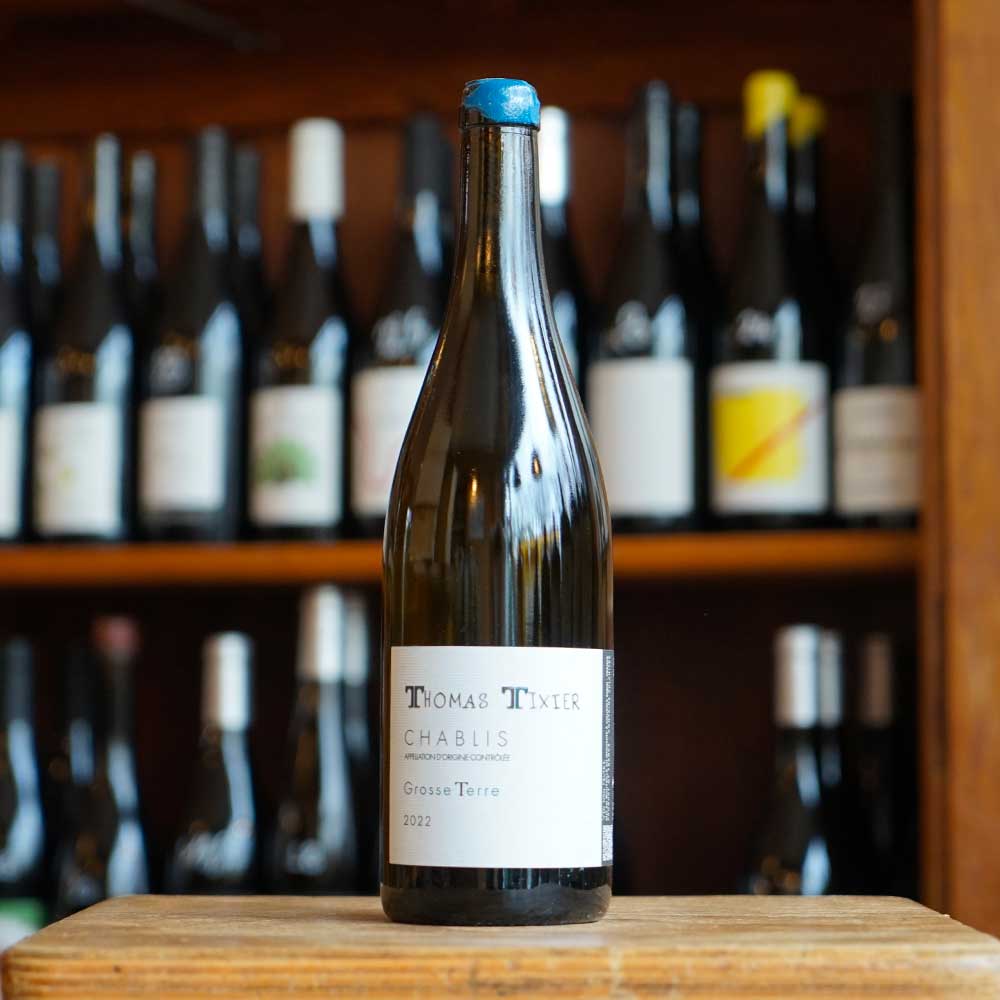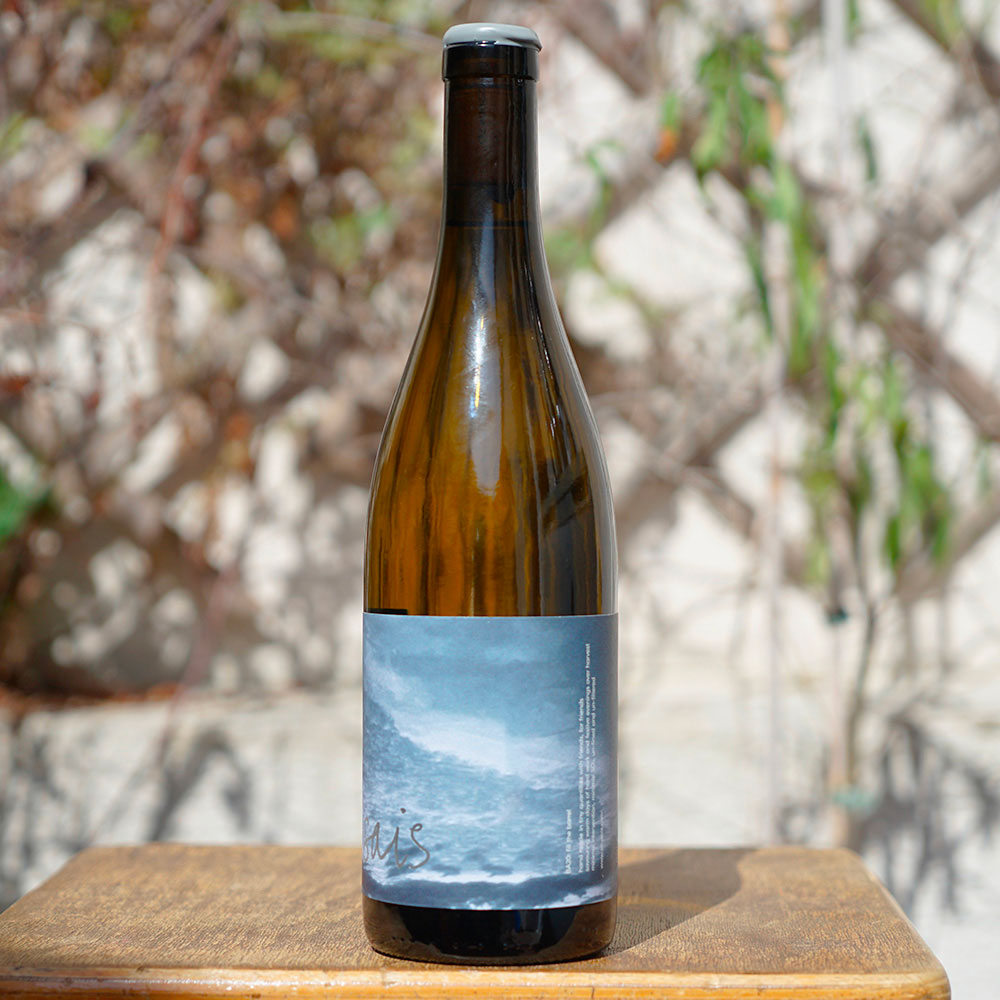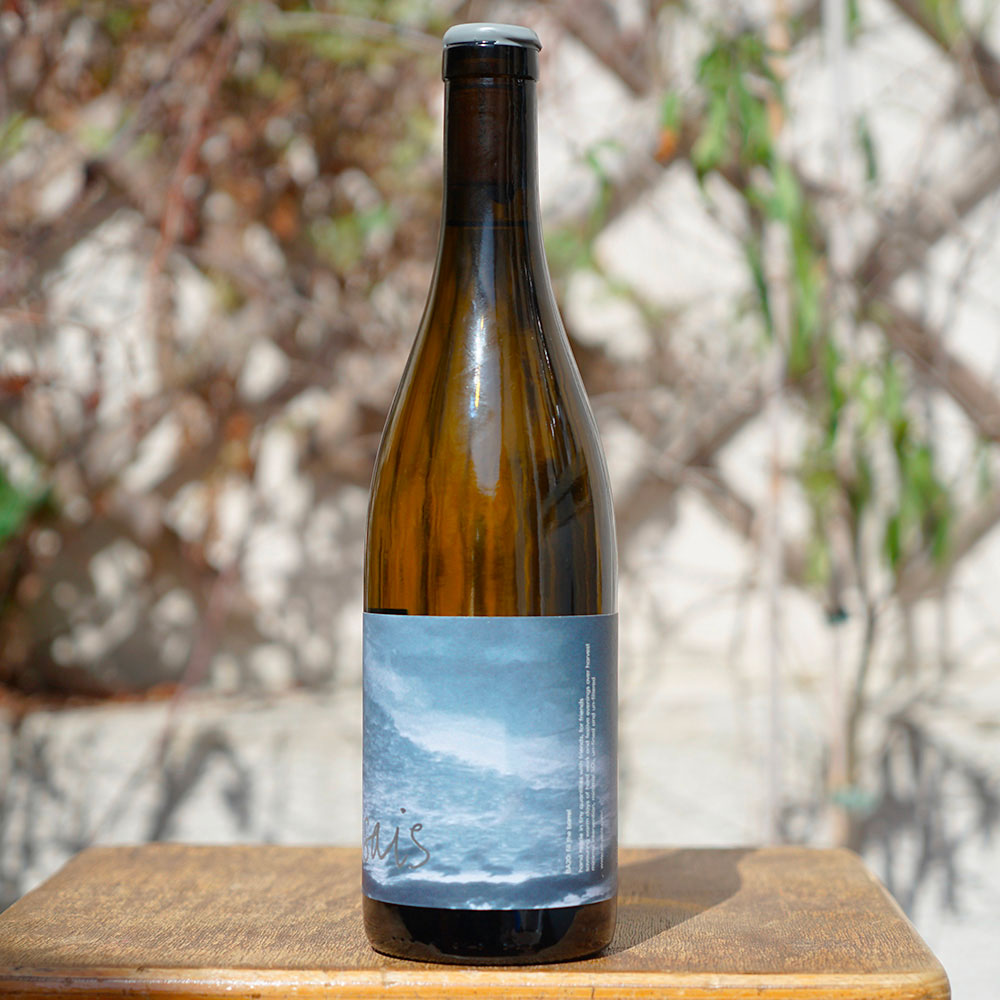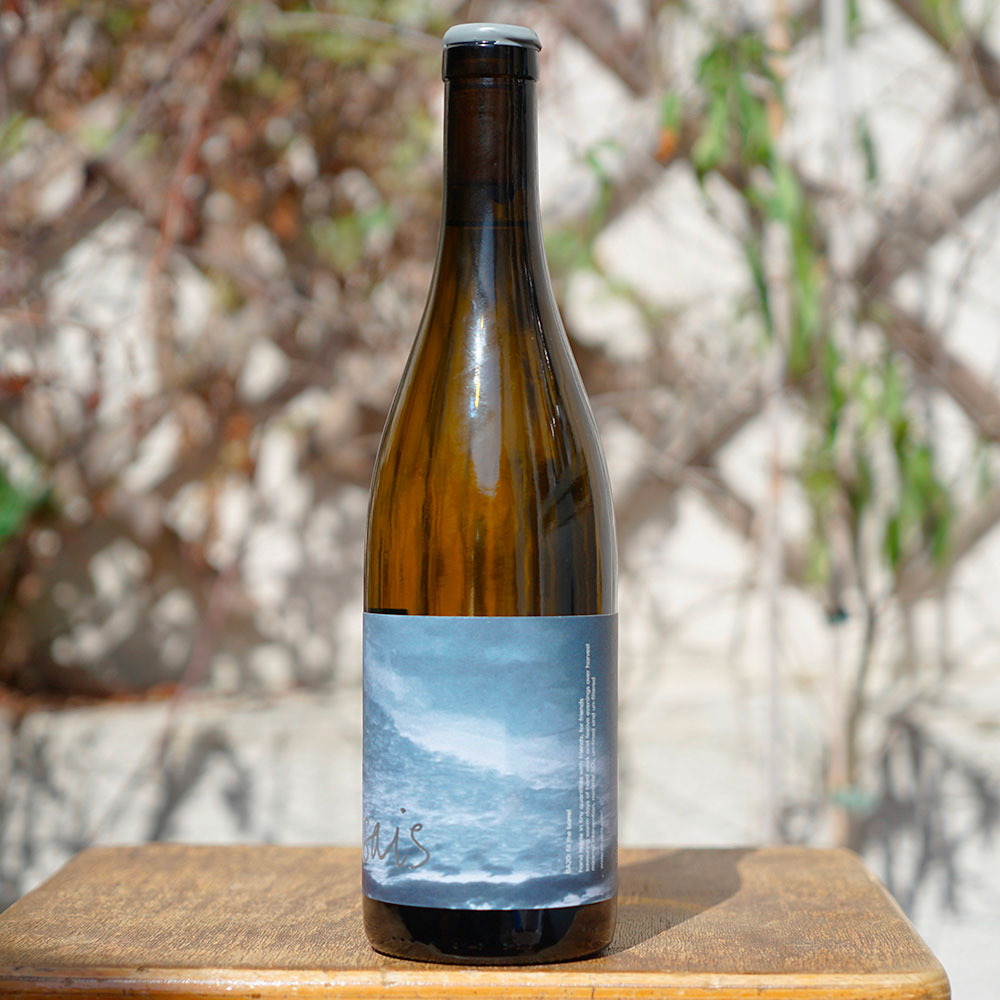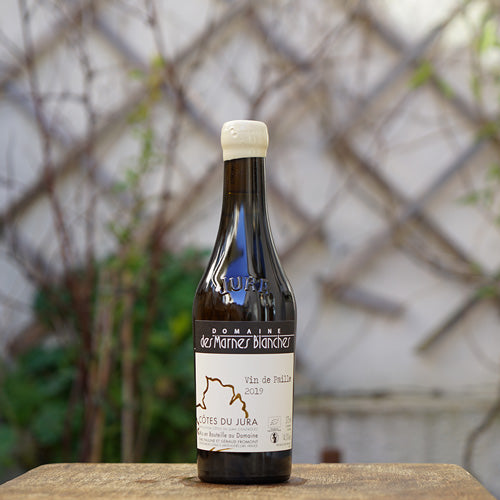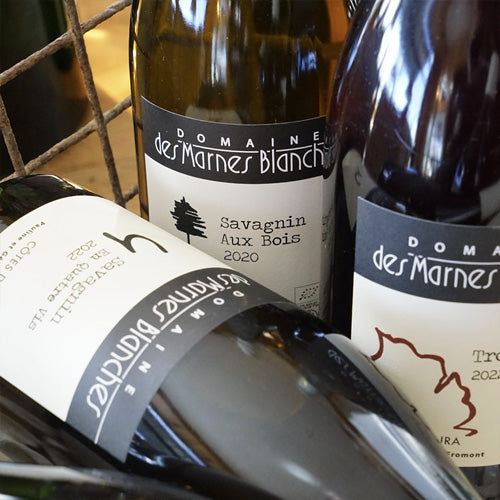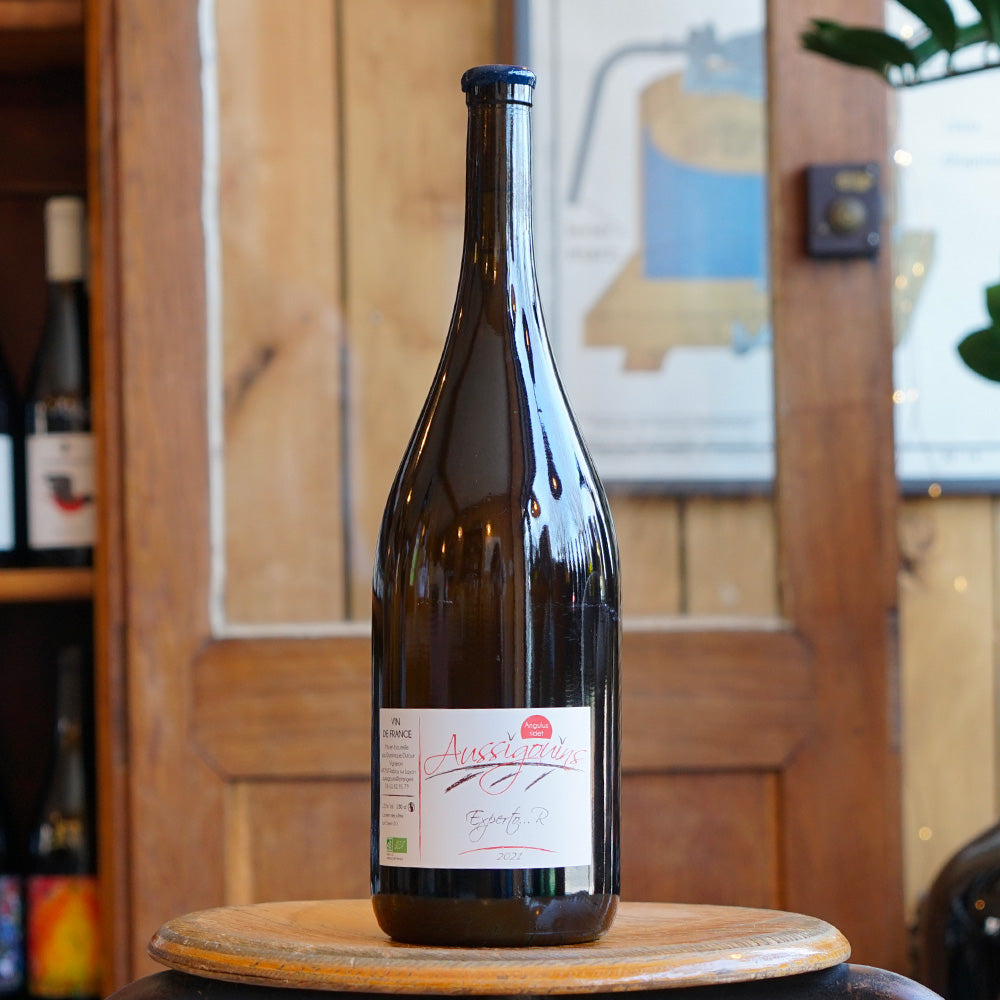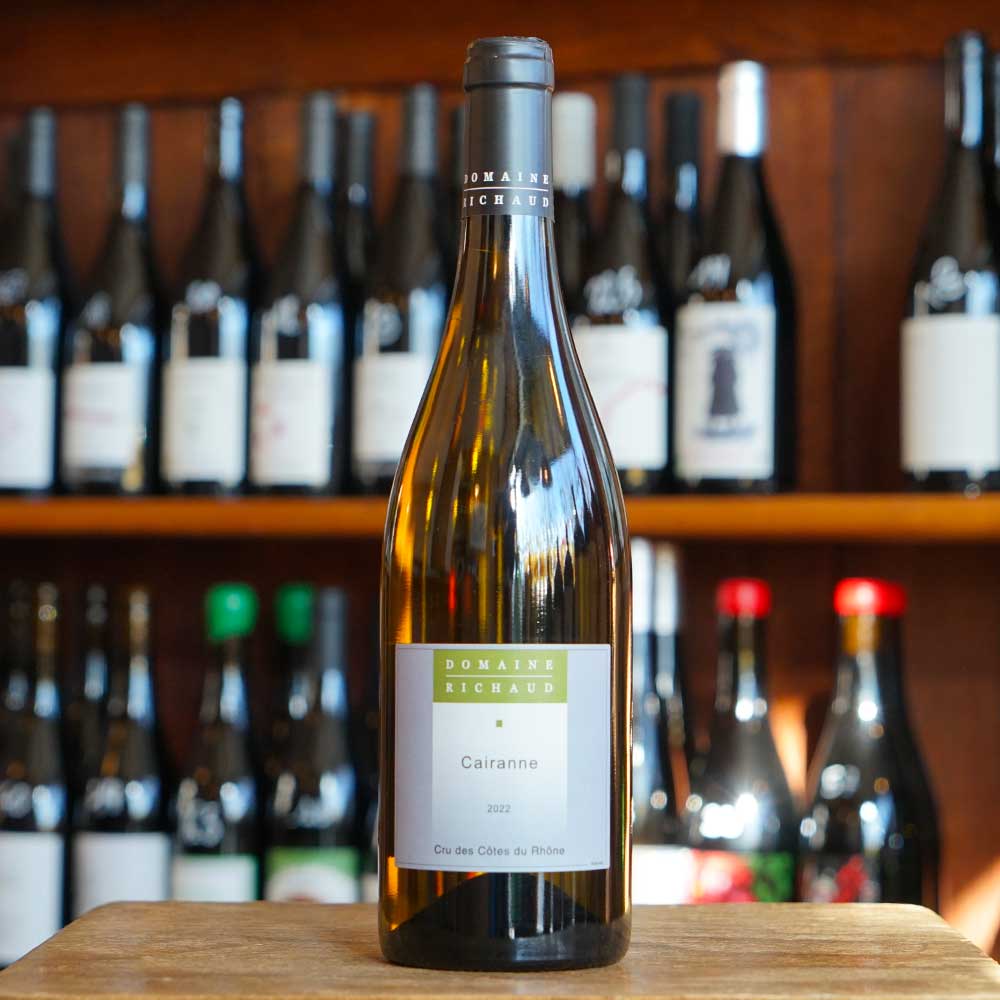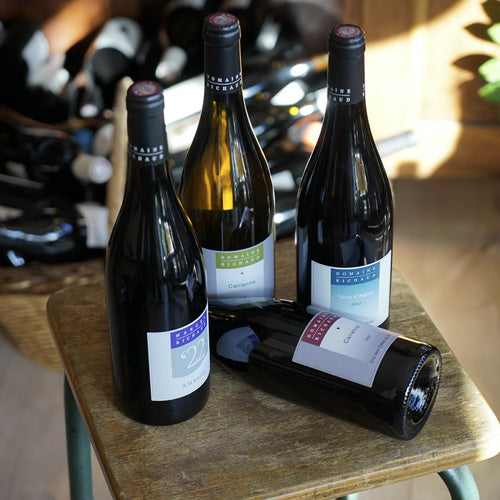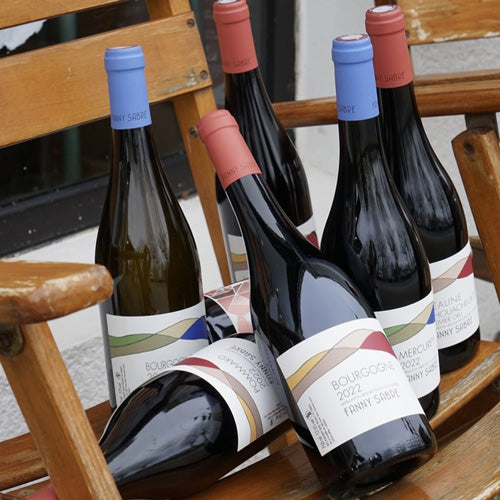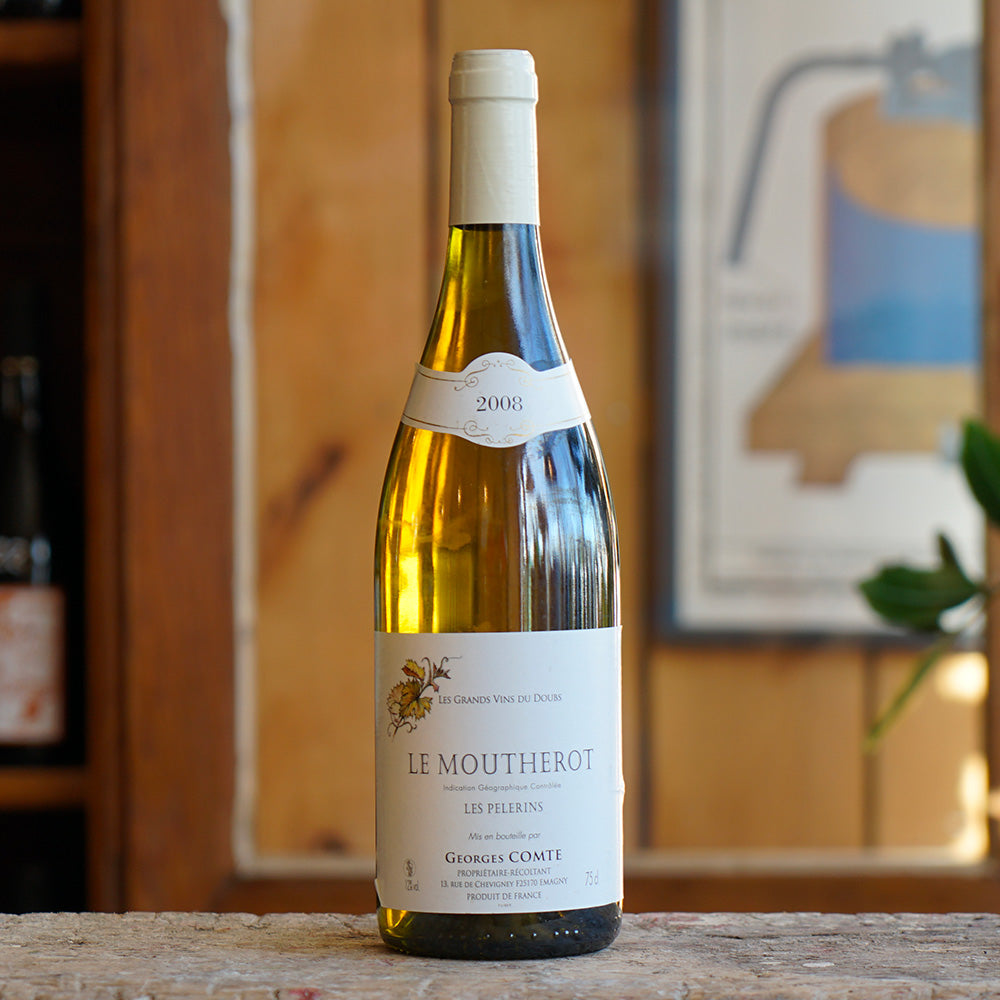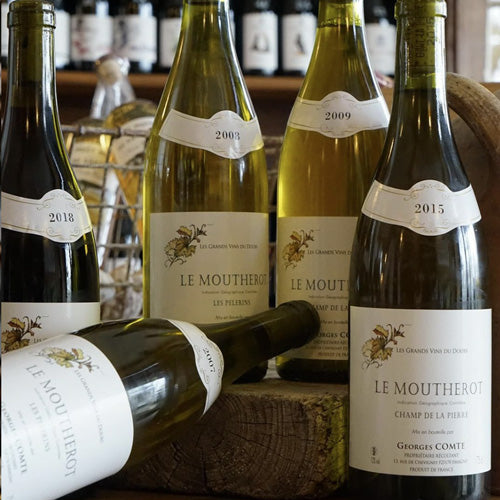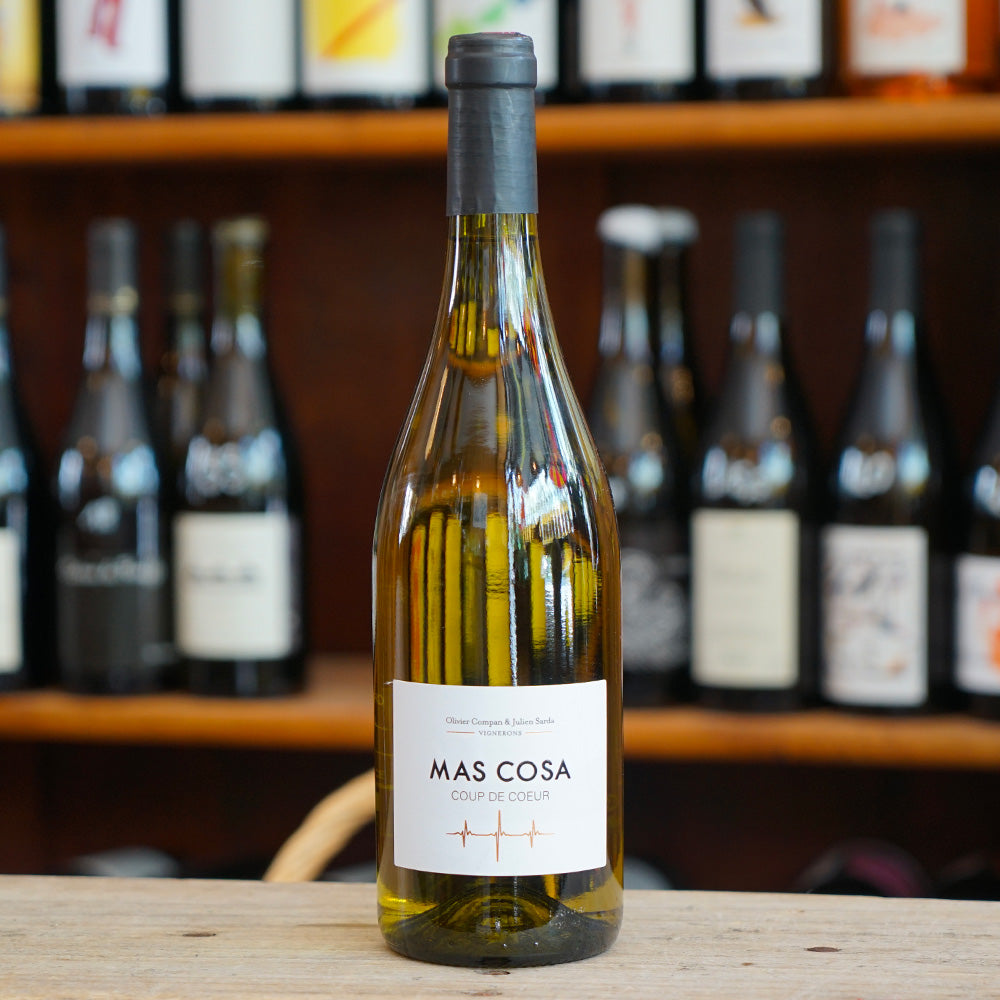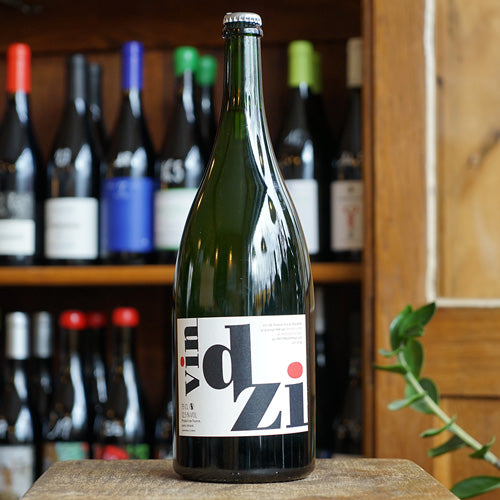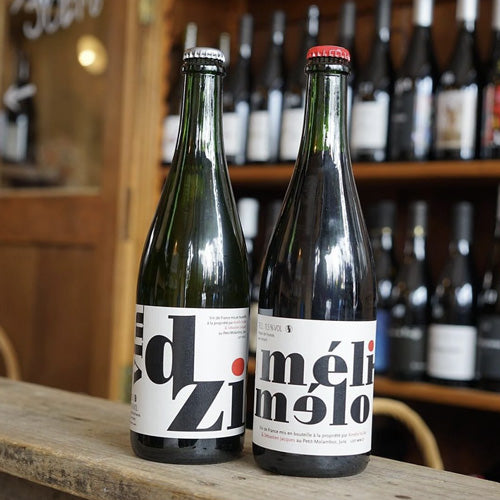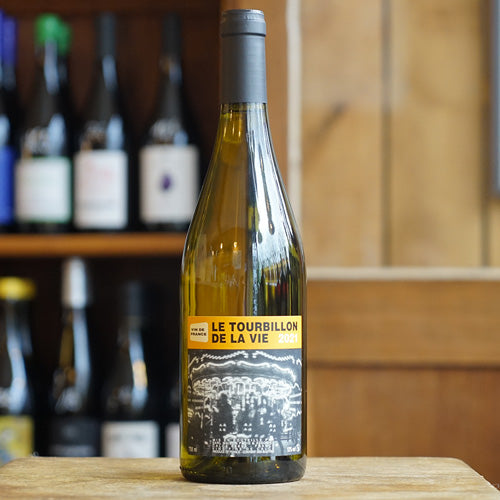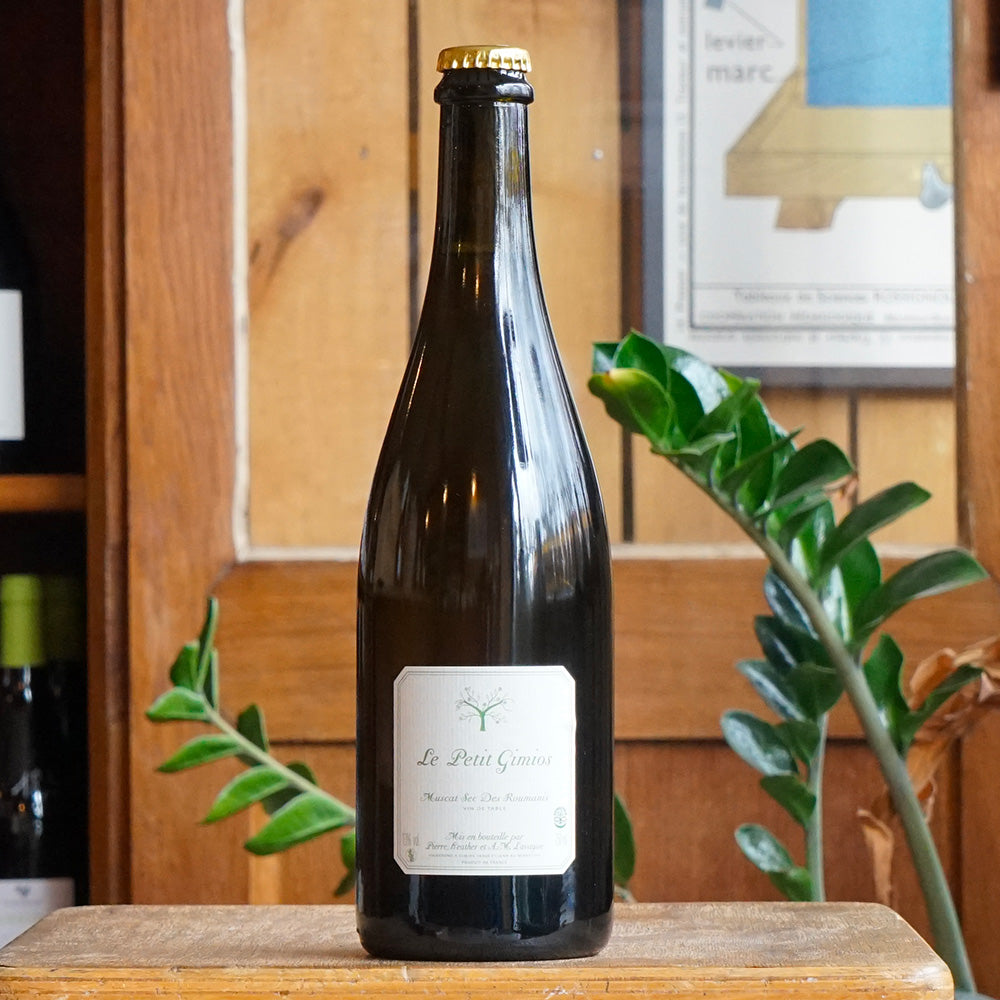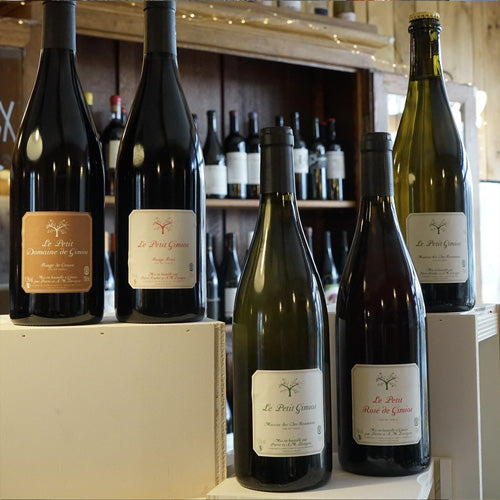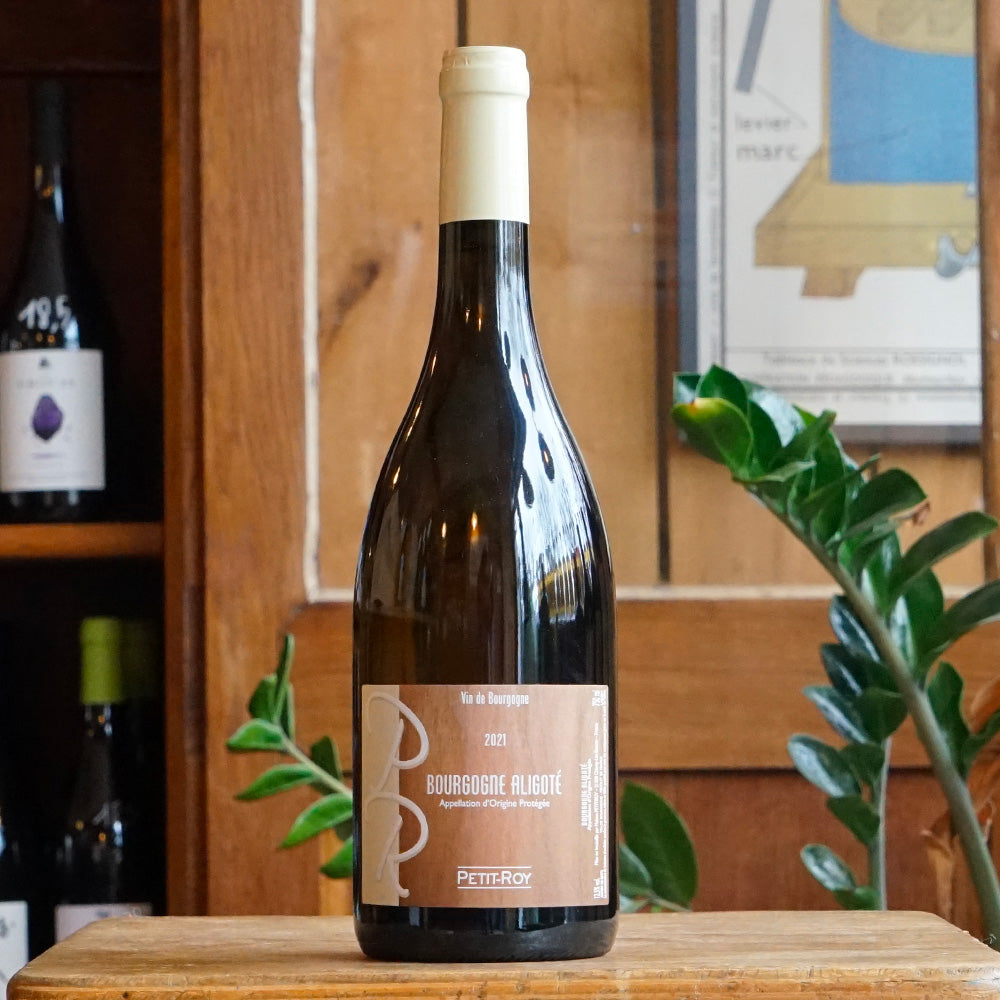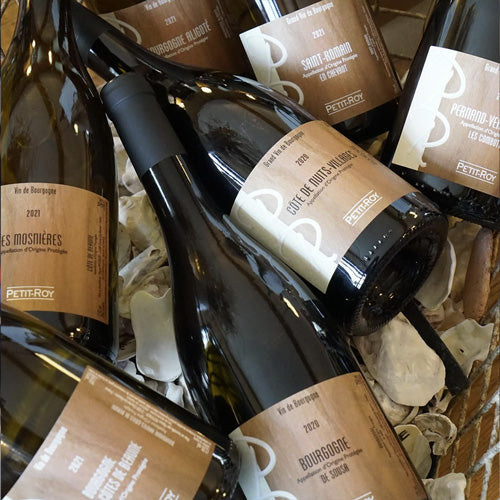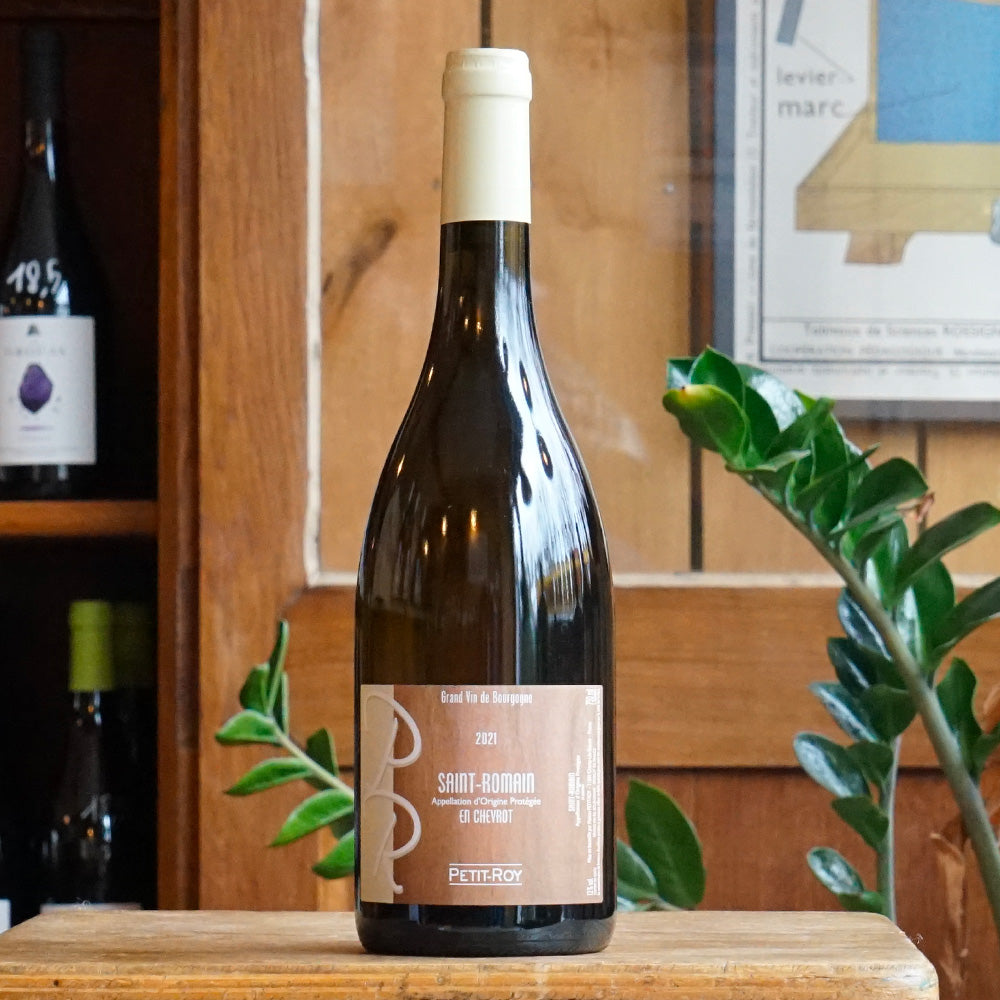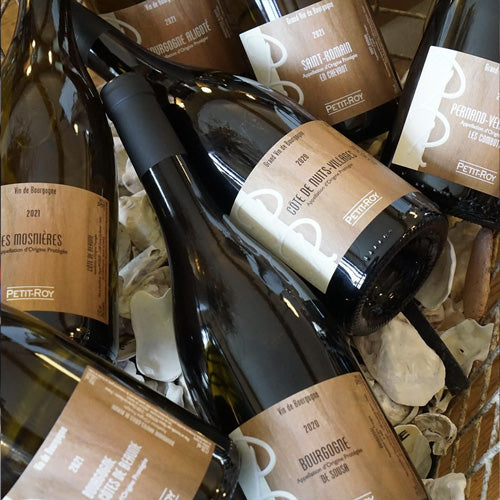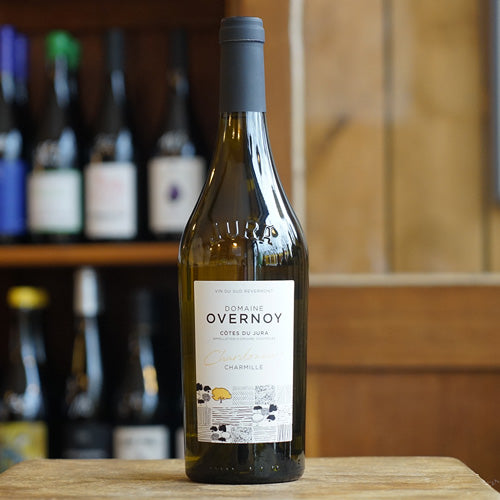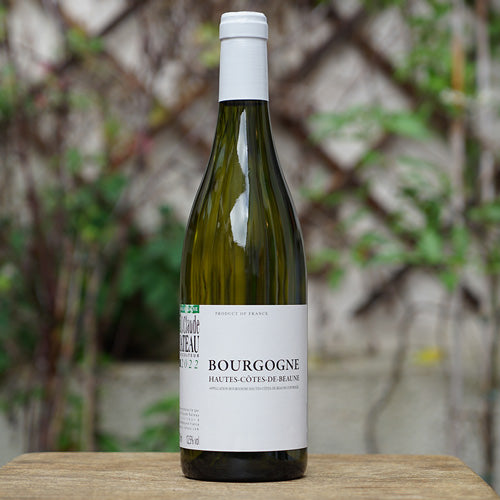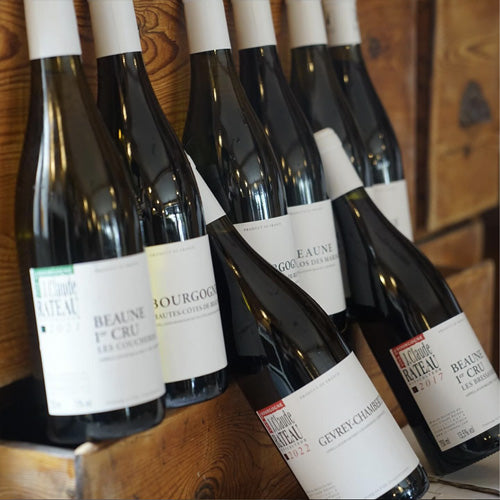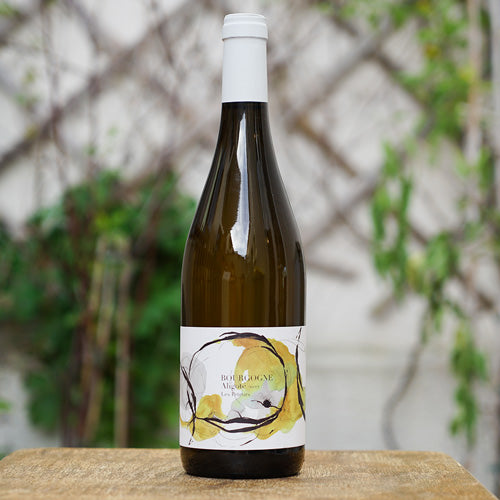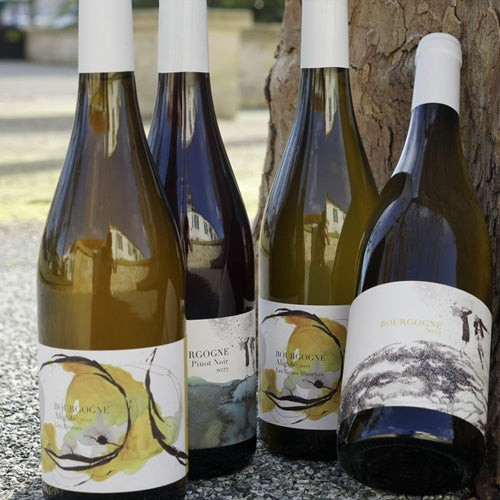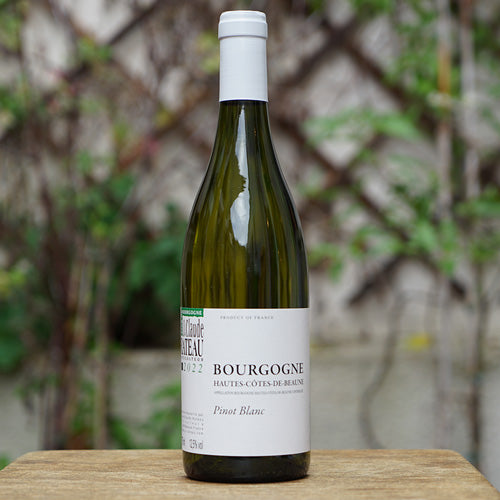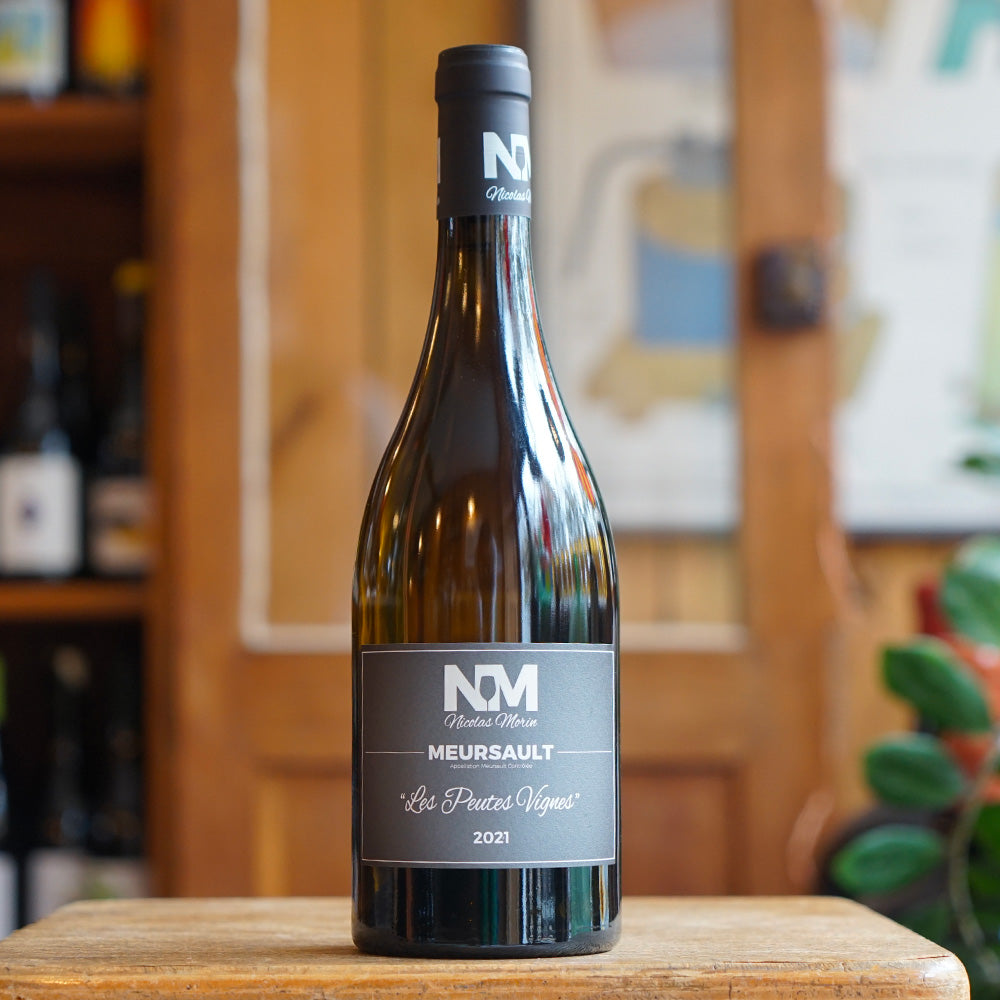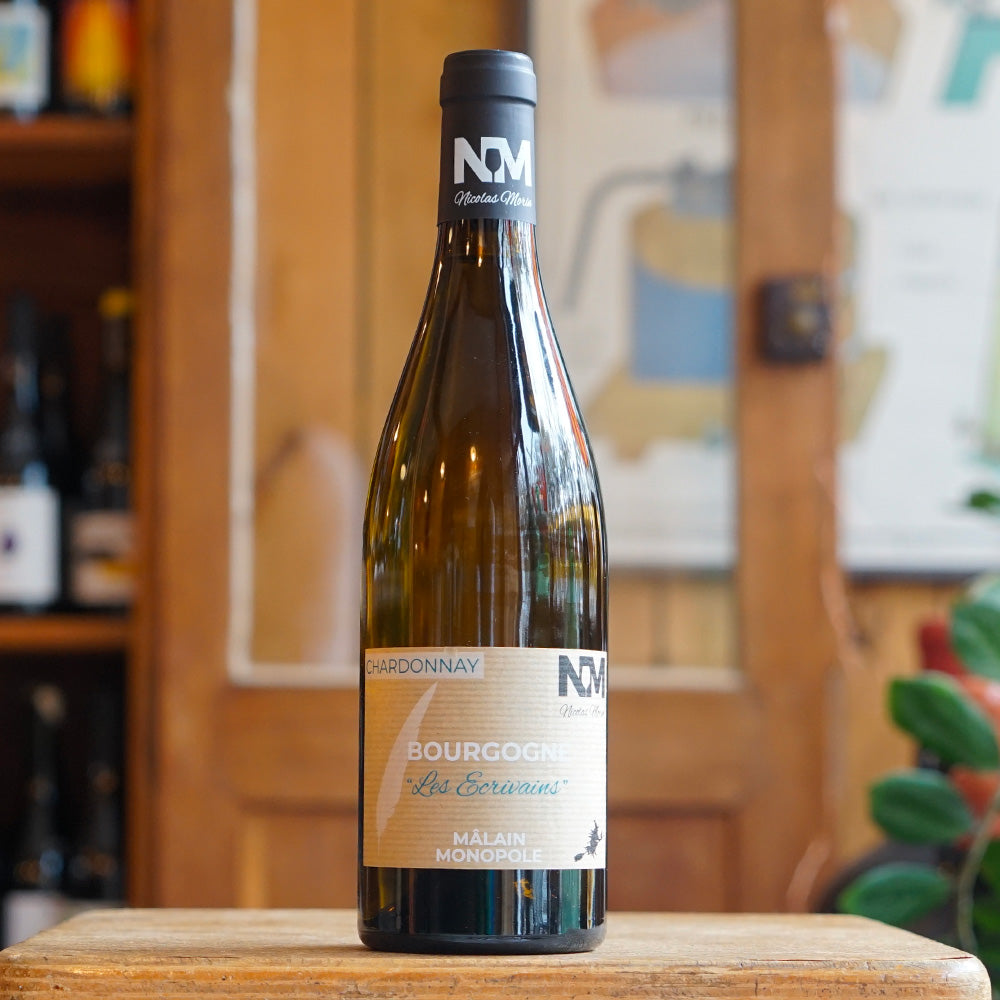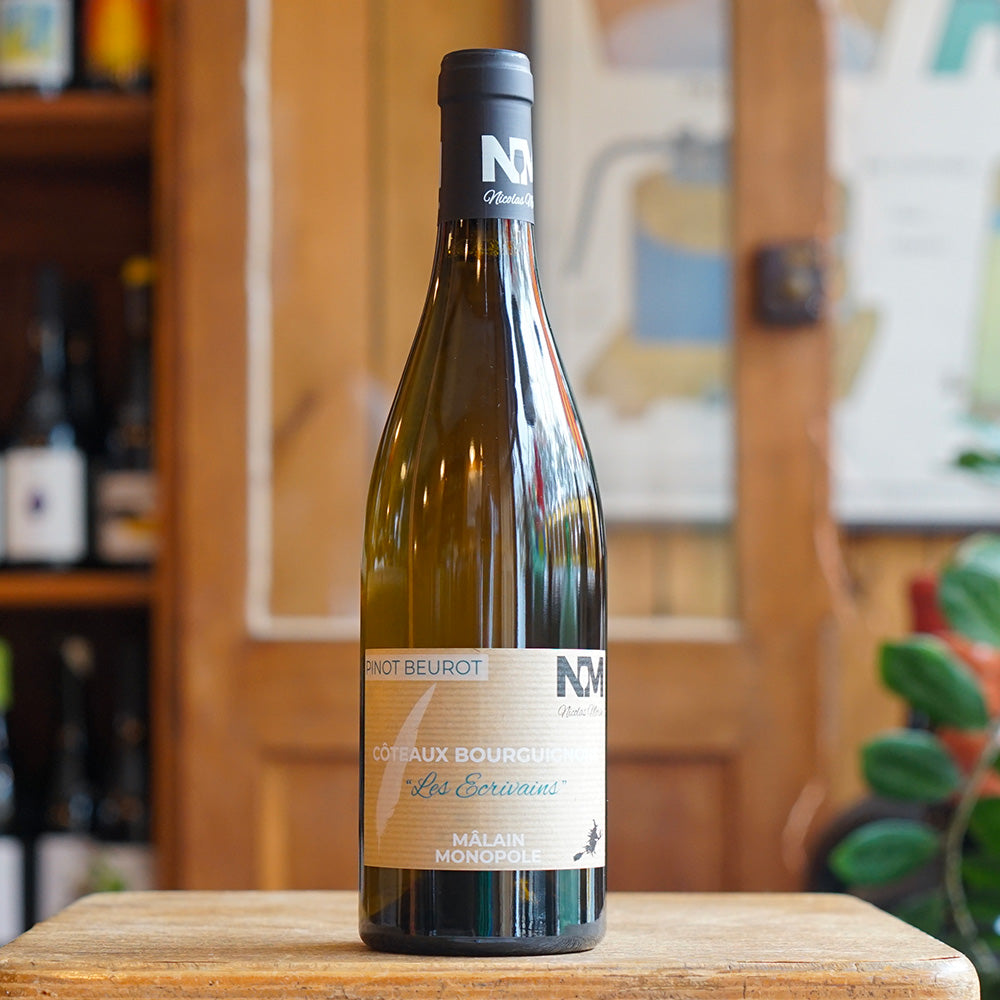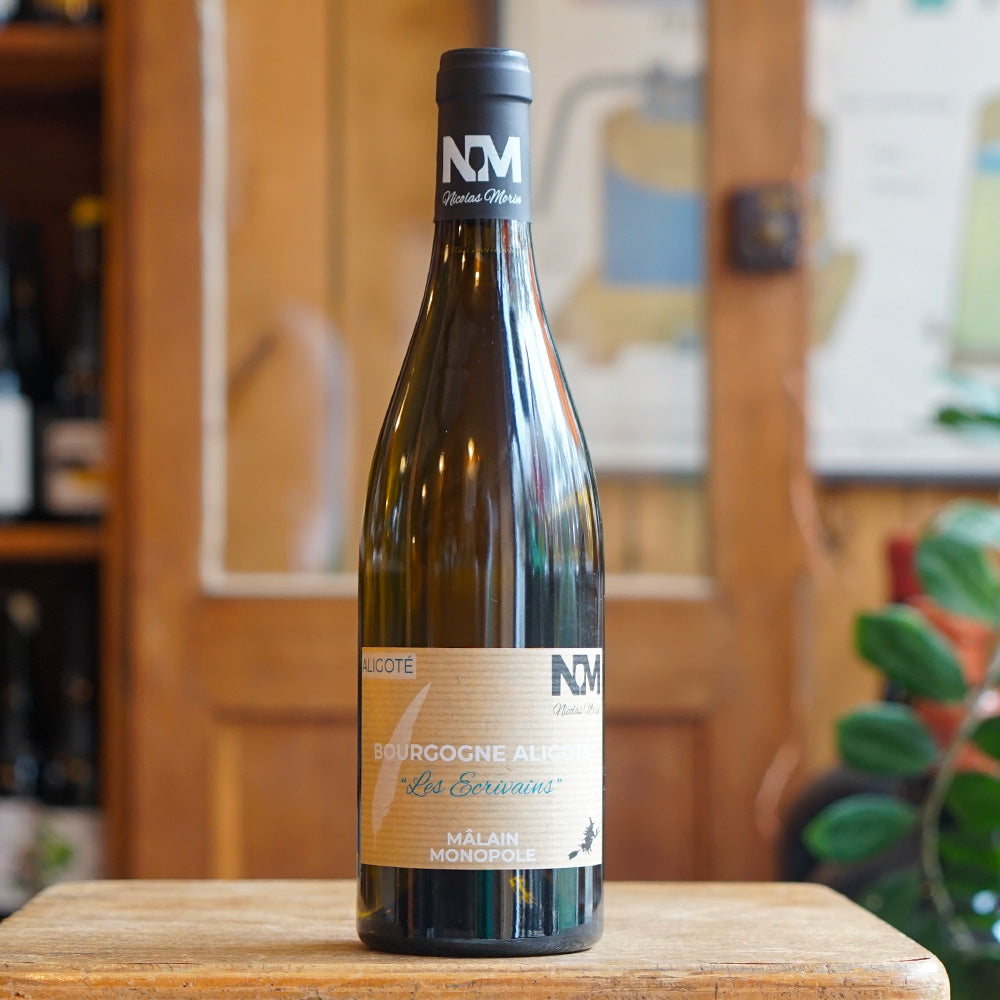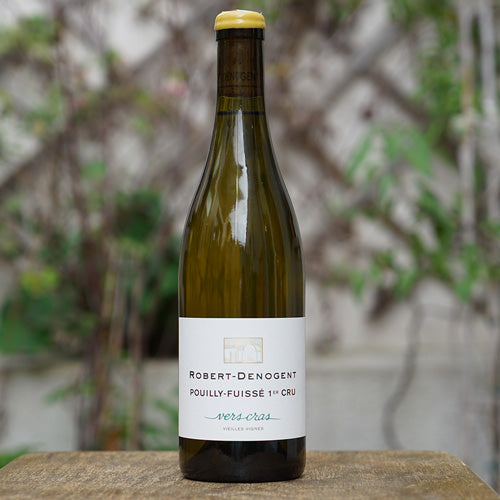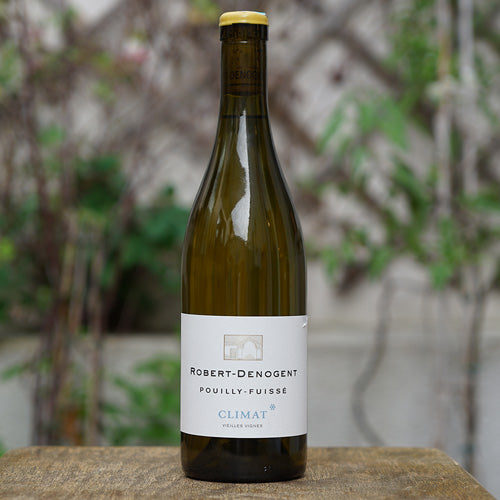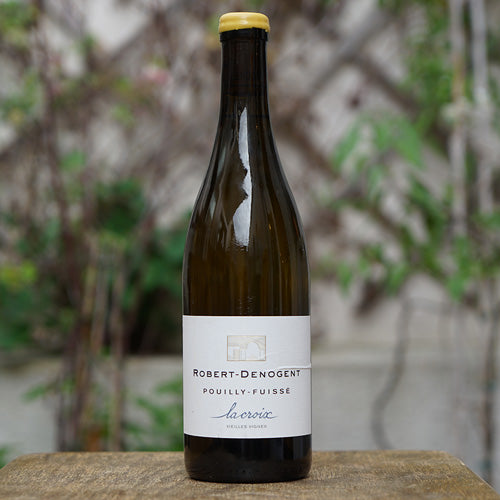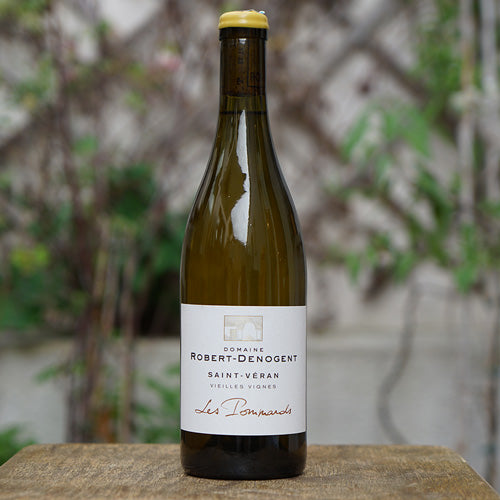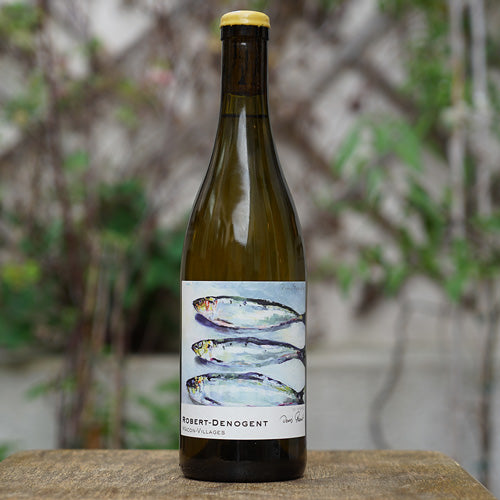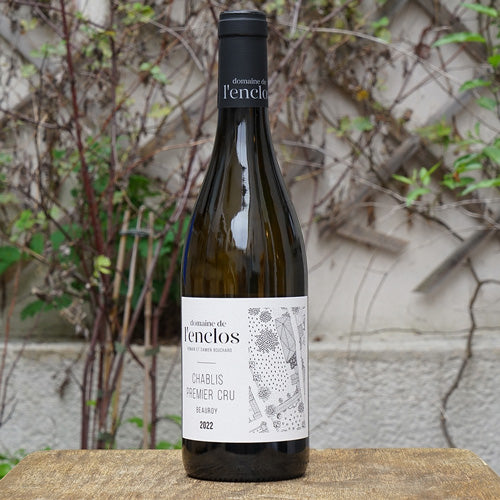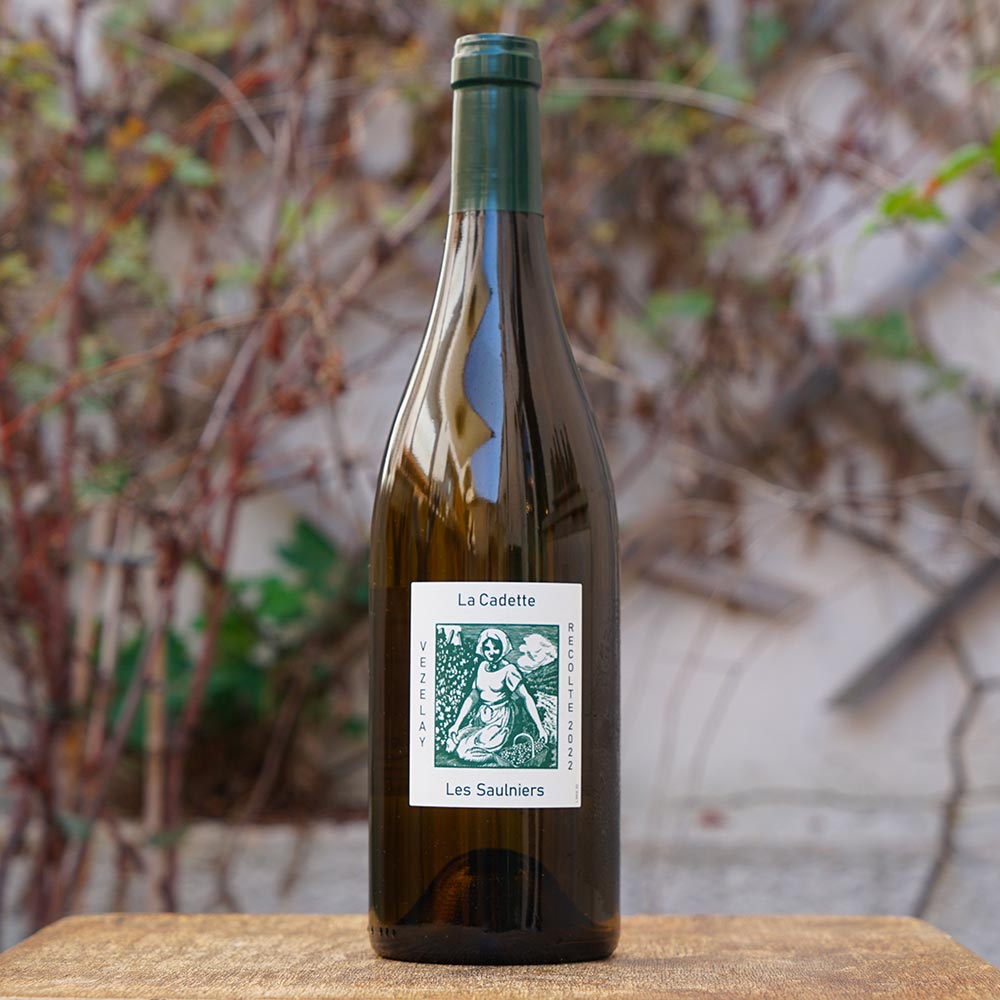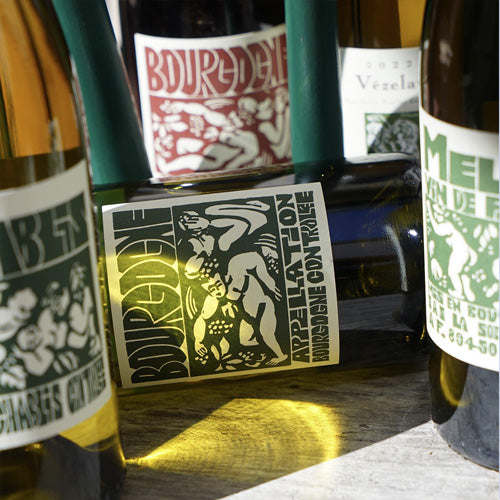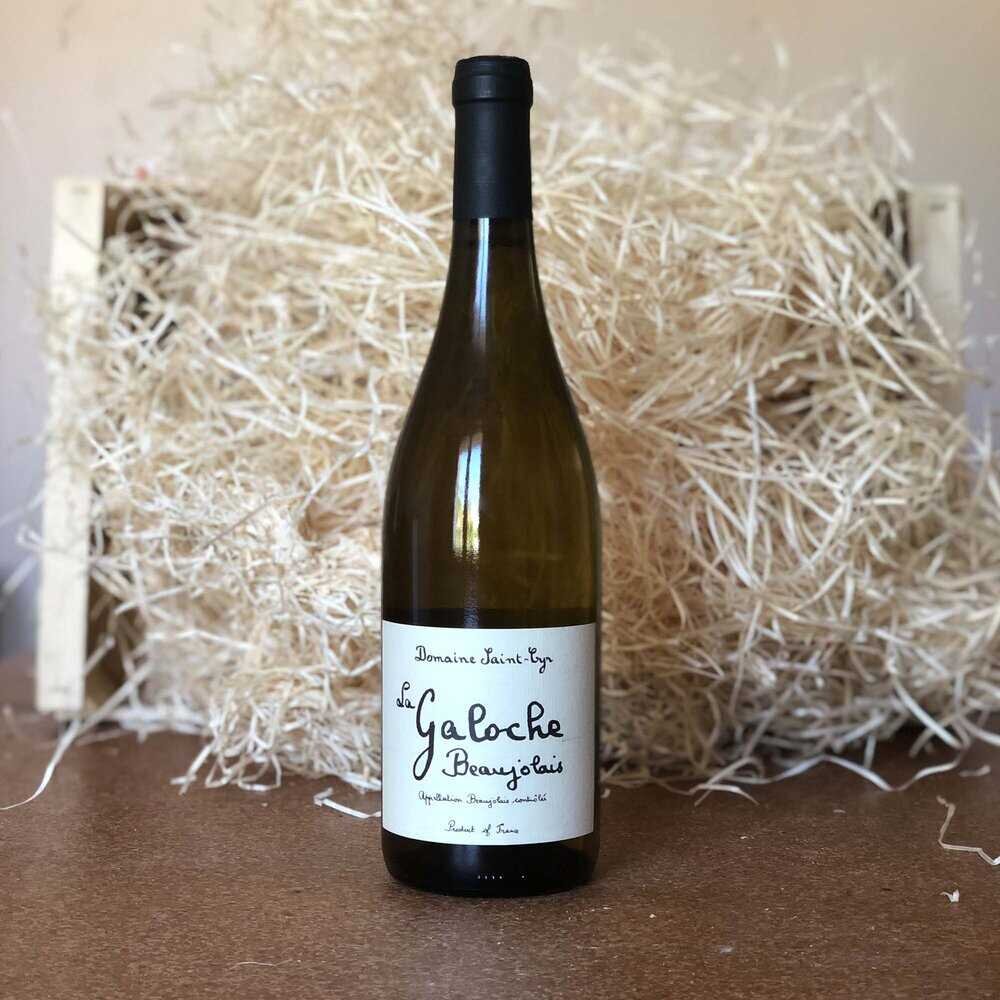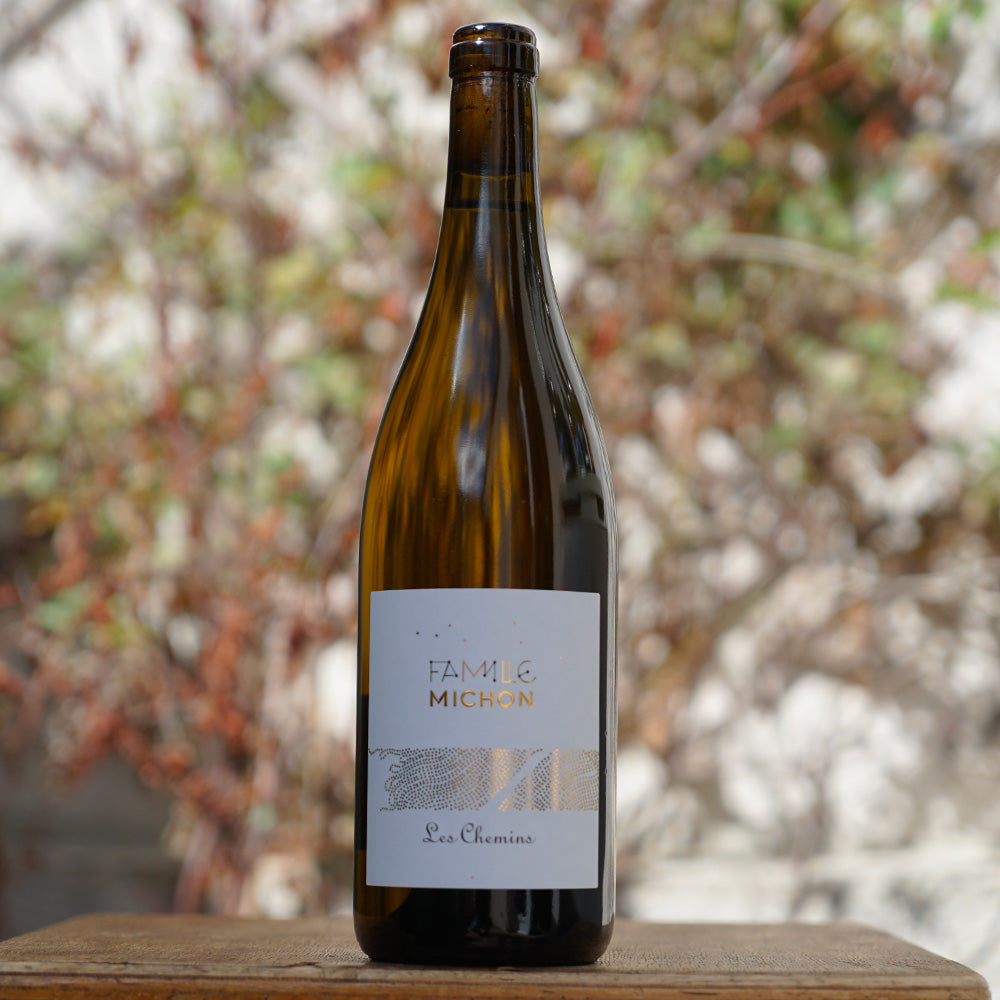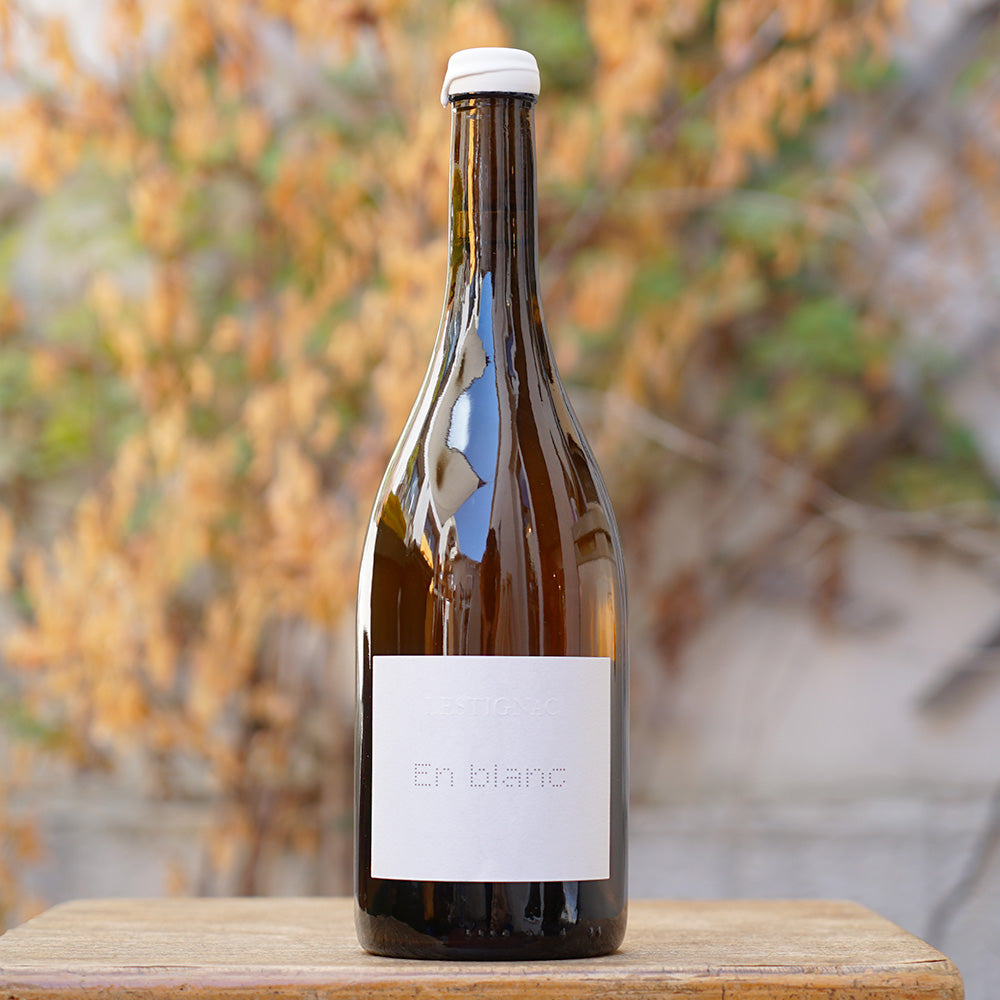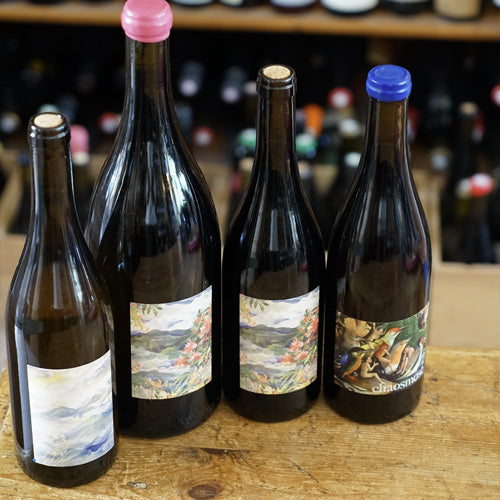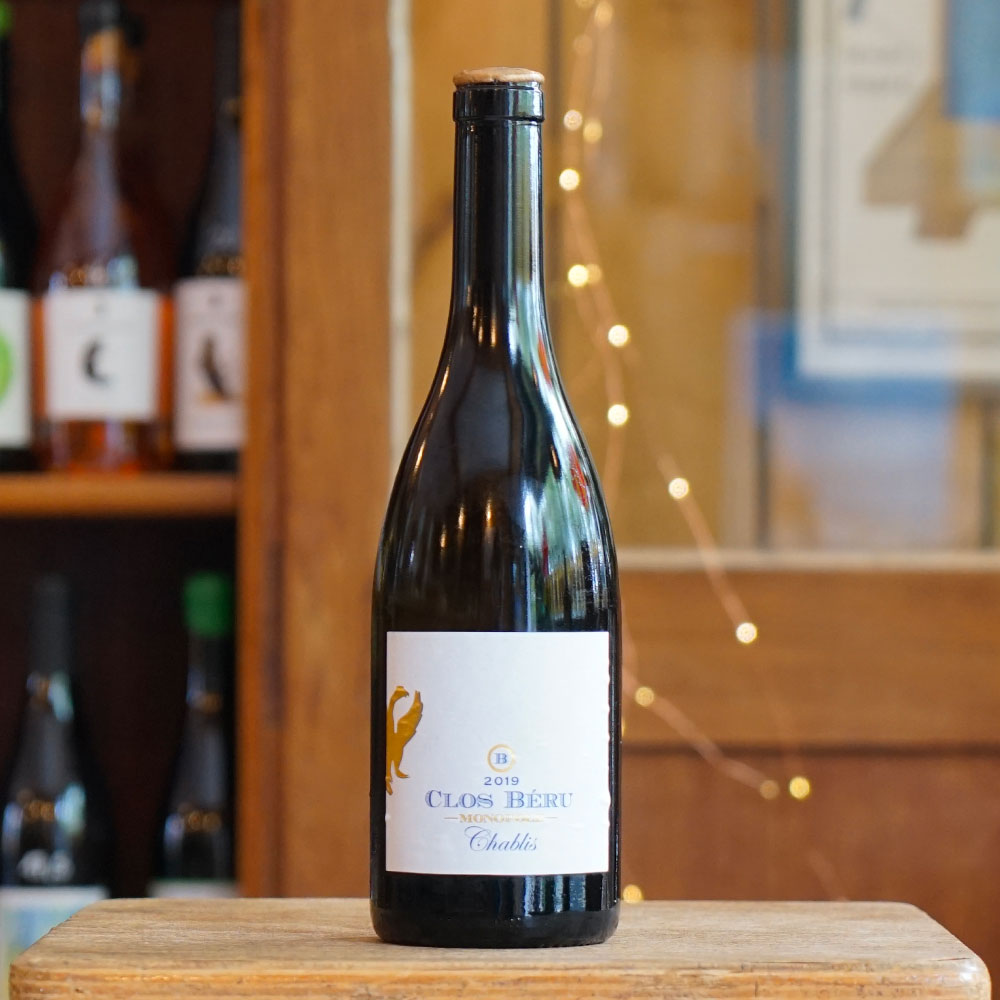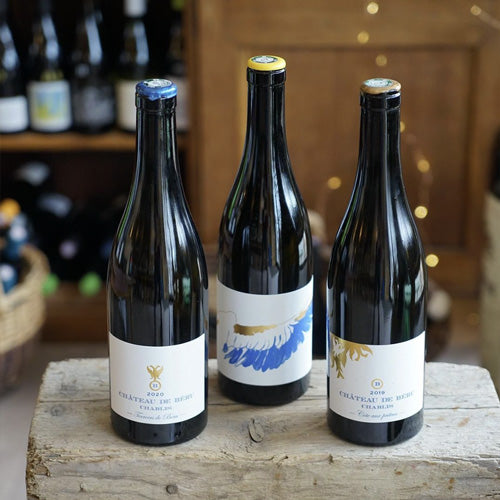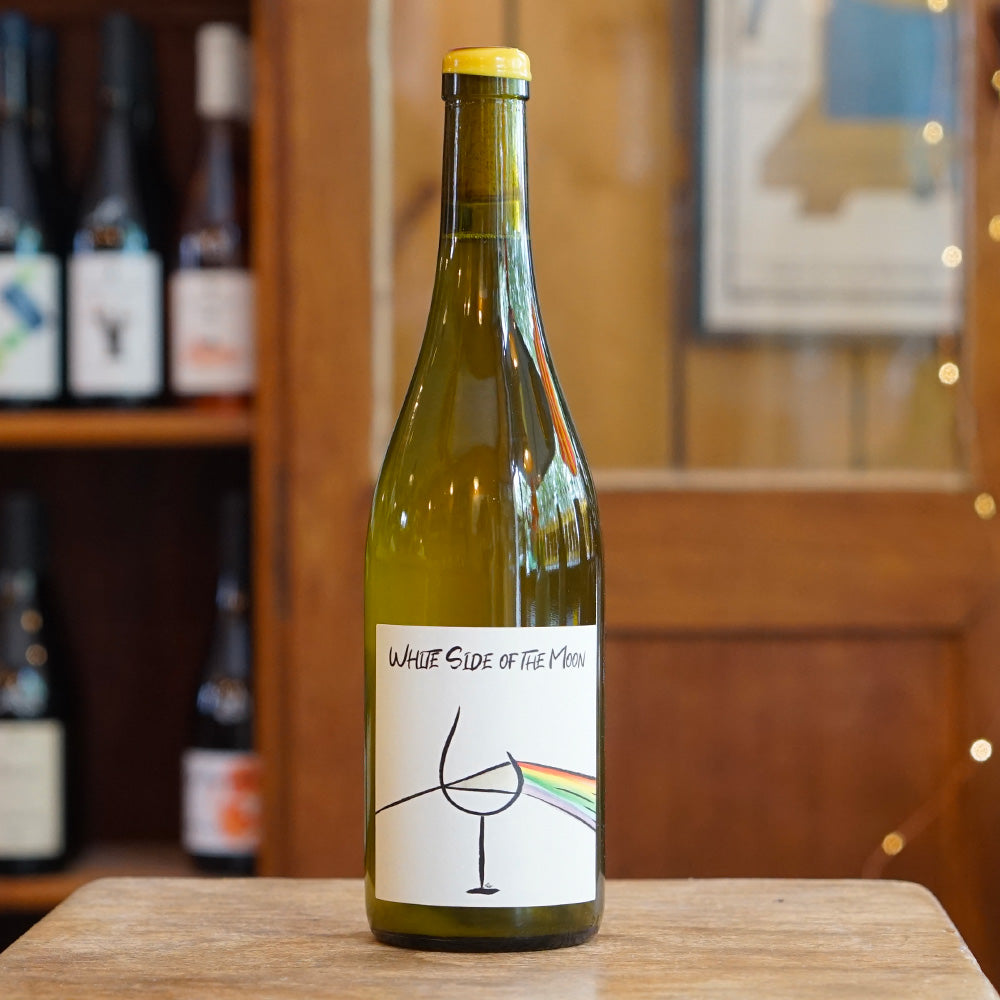White Wines
Natural white wines
Natural white wines are made mainly from white grape varieties, grown in a natural and responsible manner, that is to say they are cultivated according to the principles of organic and biodynamic agriculture. Manual harvests follow, without synthetic pesticides and with doses of added sulphites reduced in the cellar.
These are wines whose color varies between pale yellow and golden. They are produced in many wine-growing regions of France, and represent around a quarter of the region's annual wine production. Many white wine profiles are represented depending on the regions, soils, climates and varieties grown.
Production of natural white wines
Natural white wines are produced using the direct pressing principle. The white (and gray) grapes grown according to biodynamic principles are picked by hand in the morning once optimal maturity has been obtained in order to preserve the physical and taste integrity of the berries and to avoid oxidation phenomena. The latter are incorporated without adding sulphites in a press (pneumatic or vertical) with or without their stalks, and are directly pressed under mechanical action. This operation aims to extract the juice from the grape berries, more or less intensely and more or less long depending on the desired wine profile.
The juices are then lowered into vats or barrels to carry out their alcoholic fermentation in the liquid phase, unlike red wines where the grapes remain in contact with their juice. The latter is carried out, for natural white wines, by indigenous yeasts naturally present on the grape berries.
Once fermentation is complete, the wines are aged in barrels or vats depending on the type of wine desired and the methods of consumption, depending on whether it is intended for aging, or whether it is appreciated for its fresh fruit qualities. and lightness in youth.
The different natural white wines
Natural white wines are present in all the wine-growing regions of France, each with its specific soil and climate, and variety of associated white grapes. Depending on the grape varieties used and the winemaking techniques, natural white wines can present several very distinct profiles. The wine regions producing natural white wines are led by the Loire Valley, characterized by the presence of Sauvignon Blancs marked by minerality and acidity, and Chenins with variable profiles (mineral and aromatic or voluminous and slightly oxidative). as worked by the Vaillant family. The Bordeaux region, and the South-West in general, produces a significant proportion of whites suitable for aging with Sauvignon Blanc and Sémillon which provide the balance between fat and acidity. The most representative production of white wines will be held mainly by Burgundy and its multiple climates which make it possible to produce Chardonnay with several profiles, oscillating between buttery and voluminous aspects, or on the contrary tension and minerality. characteristic. We can note winegrowers recognized in the world of natural wines, such as Julien Guillot. Wines mainly made for aging and supporting long aging.
The more temperate regions offer very beautiful natural white wines marked by the deliciousness, fruitiness and volume on the palate characteristic of blends featuring Viognier, Grenache Blanc, Roussanne, Bourboulenc... All these wines are made as naturally as possible without chemical inputs.

